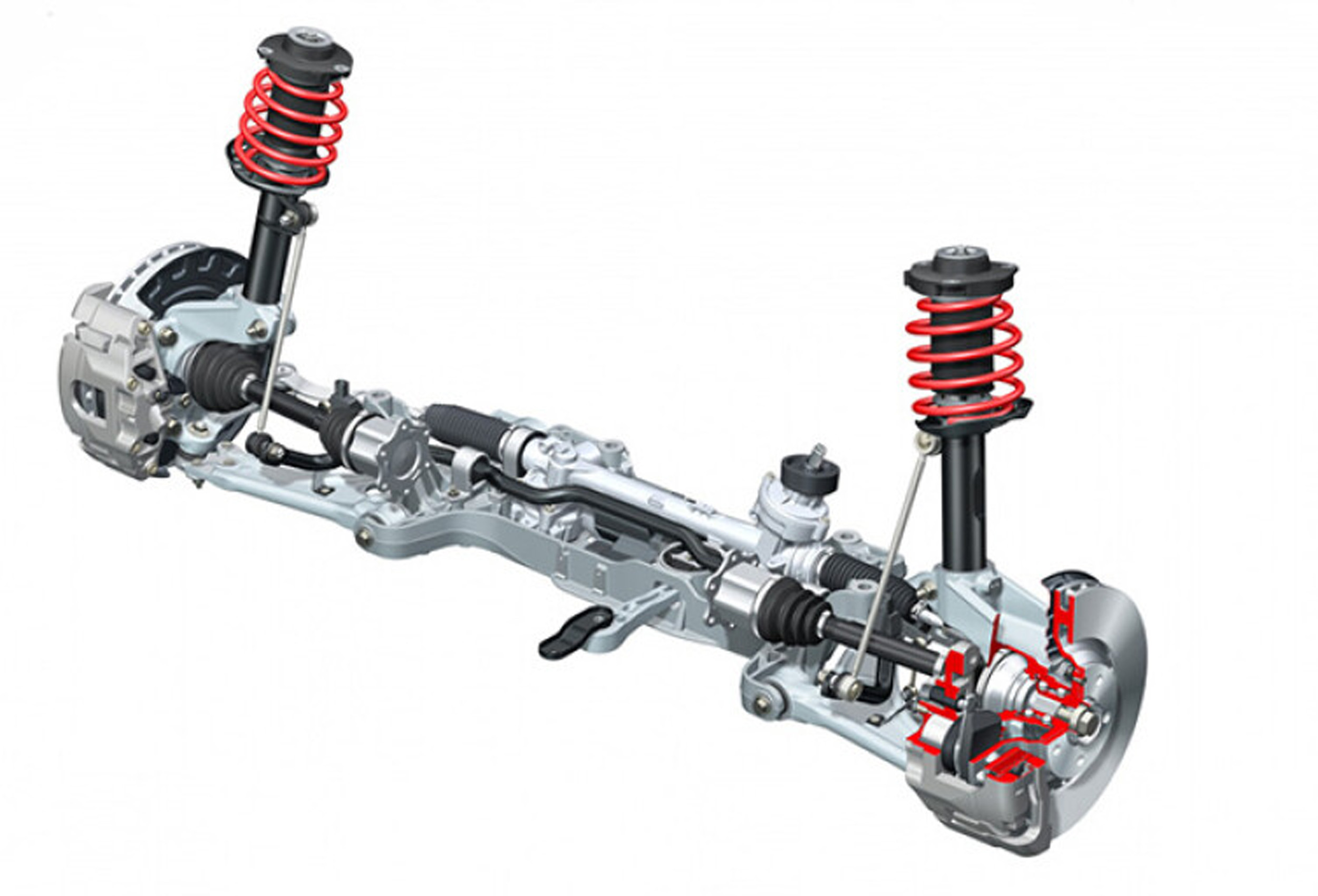Car suspensions are an essential part of every vehicle. They are responsible for supporting the weight of the car and ensuring a smooth ride regardless of the terrain. A well-maintained suspension system not only provides comfort to passengers but also enhances safety by keeping the car stable and in control. For the most up-to-date offerings of car suspension systems, check out the Koni catalogue.
Components of a Car Suspension System
A typical car suspension system consists of several components that work together to provide a comfortable and safe driving experience. These components include:
- Springs: Springs are the most basic element of a suspension system. They absorb shocks from the road surface and support the weight of the car. There are two types of springs used in cars – coil springs and leaf springs.
- Dampers/Shock absorbers: Dampers, also known as shock absorbers, are responsible for controlling the movement of the springs. They work by dissipating energy from the springs to provide a smooth and stable ride.
- Suspension Arms: Suspension arms connect the wheels to the car’s body and allow vertical and lateral movement while keeping them in place.
- Anti-roll bars: Anti-roll bars, also known as sway bars, are used to reduce body roll during cornering by connecting the suspension on both sides of the car.
- Control arms: Control arms are responsible for connecting the suspension to the frame and allowing flexibility in movement.
- Ball joints: Ball joints connect the control arms to the steering knuckle, allowing for smooth steering and suspension movement.
Types of Car Suspensions
There are different types of car suspensions, each with its unique characteristics. The most common types include:
- Independent Suspension: Independent suspension allows each wheel to move independently, providing better handling and a smoother ride. It is the most commonly used suspension type in modern cars.
- Dependent Suspension: Dependent suspensions have a rigid connection between the wheels, meaning that if one wheel hits a bump, it will affect the other wheel as well. This type of suspension is often found in older and larger vehicles.
- MacPherson Strut Suspension: MacPherson strut suspension combines the functions of shock absorbers, springs, and control arms into one unit. It is widely used in front-wheel-drive vehicles due to its simplicity and cost-effectiveness.
- Multi-link Suspension: Multi-link suspension is a type of independent suspension that uses multiple control arms and links to provide better handling and stability.
Signs of Suspension Problems
A well-maintained suspension system can last for several years, but there are signs that indicate when it needs attention. Some common signs of suspension problems include:
- Uneven tire wear: Worn or damaged suspension components can cause the tires to wear unevenly, leading to frequent replacements.
- Excessive bouncing or swaying: If your car bounces excessively over bumps or sways during turns, it could be a sign of worn shocks or struts.
- Pulling to one side: A suspension problem can cause the car to pull to one side, making it difficult to drive in a straight line.
- Unusual noises: Any strange noises coming from the suspension, such as clunking or squeaking, could indicate a problem.
Maintaining Your Car Suspension
To ensure your car’s suspension system functions properly and lasts longer, regular maintenance is necessary. Some important maintenance tips include:
- Regular inspections: Have a professional mechanic inspect your suspension system at least once a year to check for any worn or damaged components.
- Replace worn parts: Replace damaged or worn suspension components as soon as possible to avoid further damage and ensure the safety of your car.
- Check tire pressure and alignment: Properly inflated tires and correct wheel alignment can help prolong the life of your suspension by reducing unnecessary strain on the components.
- Avoid overloading: Overloading your car puts excessive strain on the suspension, leading to premature wear and tear. Follow the manufacturer’s recommended weight limits for your vehicle.
Conclusion
A well-maintained suspension system is essential for a comfortable, safe, and enjoyable driving experience. Regular maintenance and prompt repairs can help extend the life of your suspension system and ensure the safety of you and your passengers on the road. So, take good care of your car’s suspension, and it will take good care of you! Overall, understanding the components and types of car suspensions can give you a better appreciation for this crucial aspect of every vehicle. So next time you hit the road, take a moment to thank your car’s suspension for providing a smooth and safe ride. Happy driving! Super interestingly, suspensions are also used in other types of vehicles like motorcycles and bicycles to provide stability and control during rides. Additionally, off-road vehicles often have specialized suspensions designed to handle rough terrains with ease. This goes to show the versatility and importance of suspension systems in various modes of transportation. So whether you’re driving on a smooth highway or tackling rough trails, your car’s suspension is there to ensure a comfortable and safe journey. It truly is an essential component of any vehicle that deserves our attention and care. Let’s not forget about the advancements being made in suspension technology, with developments like adjustable suspensions and electronic dampers that provide even better handling and customization options for drivers. As cars continue to evolve, so too will suspension systems, making for an even more enjoyable driving experience in the future.



